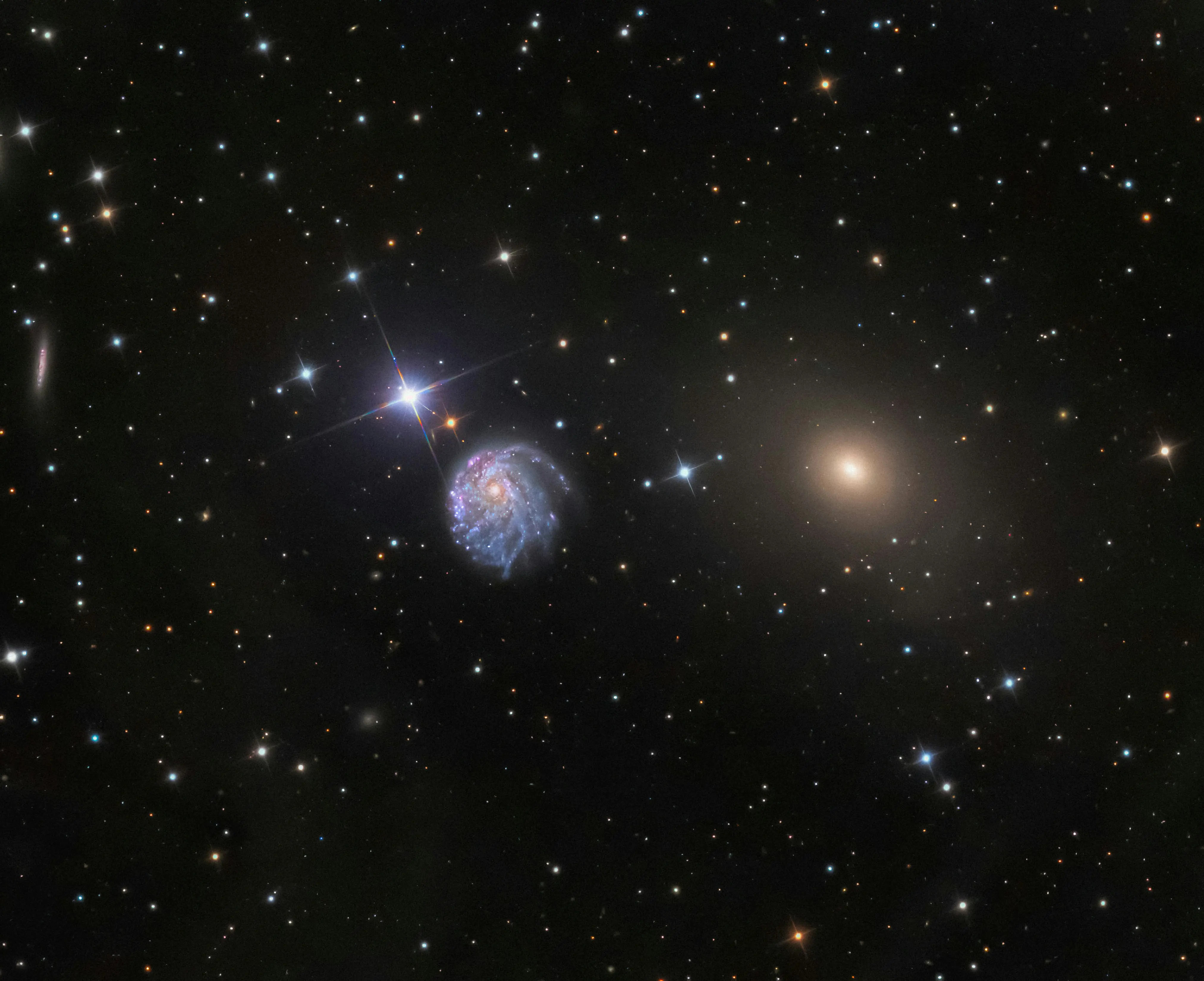Hunting the Invisible: Scientists Identify 142 Mysterious Dark Galaxies in the Cosmic Void

For decades, astronomers have been chasing a ghostly puzzle in the cosmos: galaxies that glow not with starlight, but with an eerie darkness. Now, a team of researchers led by Professor Ho Seong Hwang at Seoul National University has taken a monumental step toward solving this cosmic mystery by identifying 142 dark galaxy candidates, the largest such sample ever assembled.
Unlike familiar galaxies sparkling with billions of stars, dark galaxies are elusive objects composed mostly of dark matter and gas, with little or no star formation. They are thought to be “failed” galaxies, where star birth was stifled or never ignited, making them nearly invisible to traditional telescopes.
Professor Hwang’s team leveraged data from the Arecibo Legacy Fast ALFA (ALFALFA) survey, a massive radio astronomy project that scans the sky for the 21-centimeter emission line of neutral hydrogen (HI). This hydrogen gas acts like a cosmic beacon, allowing astronomers to detect galaxies even when they lack visible stars.
By carefully cross-referencing ALFALFA’s radio signals with optical surveys, the team filtered out known galaxies, pinpointing those “dark” candidates that radiate only in hydrogen gas without detectable starlight.
“This is the largest and most robust sample of dark galaxy candidates to date,” said Professor Hwang. “It offers an unprecedented opportunity to study how dark matter influences galaxy formation and why some galaxies never fully ignite.”
The discovery is vital because dark matter, which makes up about 27% of the universe’s mass-energy content, remains one of the biggest enigmas in physics. Dark galaxies could act as natural laboratories, revealing how dark matter clumps and interacts with normal matter during the early stages of galaxy evolution.
Unraveling these mysteries could answer questions like: Why do some regions of the universe remain dark and starless? How does dark matter sculpt the cosmic web? And how do galaxies transition from gas clouds to star-filled islands?
The ALFALFA survey, conducted with the now-retired Arecibo Observatory, was uniquely suited for this hunt. Its sensitivity to faint hydrogen emissions allowed scientists to peer into corners of the universe that optical telescopes cannot reach.
While these candidates still require further observation and confirmation, their identification marks a key milestone. It expands the cosmic inventory and sharpens our understanding of the dark side of the universe.
“The hunt for dark galaxies is a hunt for the universe’s hidden scaffolding,” explained Professor Hwang. “Every new candidate brings us closer to unlocking the fundamental properties of dark matter and the forces shaping our cosmic home.”
This breakthrough shines a beacon into the cosmic shadows, proving that sometimes, the most fascinating stories in space come not from the brightest stars, but from the darkest places we can barely see.